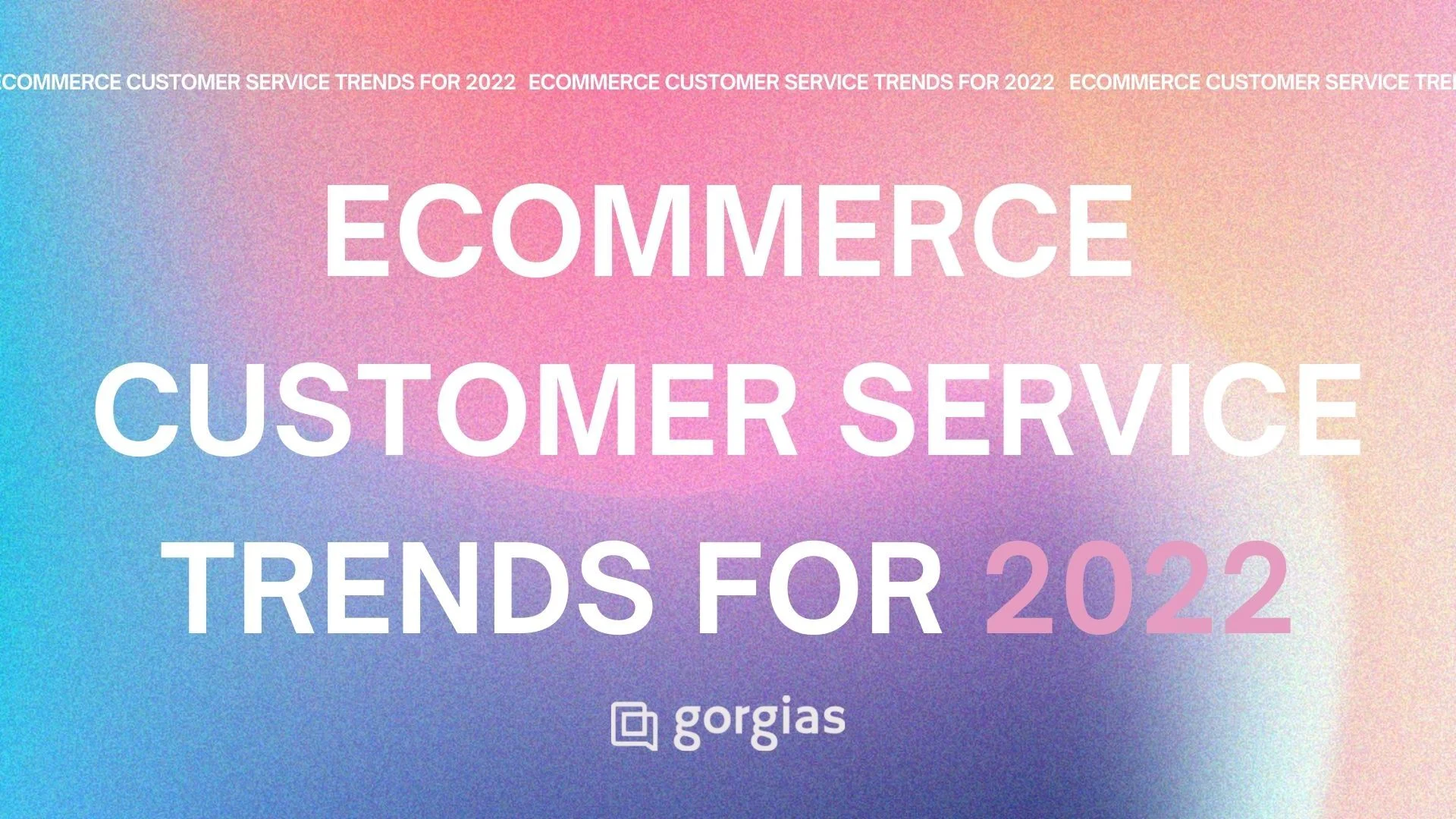
eCommerce Customer Service Trends for 2022


As consumer expectations and eCommerce customer service trends continue to evolve, customer support teams must keep up with changes and adapt accordingly.
Before we go any further into the New Year, it’s important to consider a few of the trends that will define the eCommerce marketplace moving forward.
Sellers who adapt to these trends quickly will have the best chance of generating positive outcomes with customers as they move forward.
1. Omnichannel Support is Our Top eCommerce Customer Service Trend
One of the top customer service trends for 2022 will be further implementation and expansion of omnichannel service.
Customer service can be (and should be!) accessible through multiple platforms, such as email, chat, and phone. The expansion of eCommerce options across digital channels also bears this out.
WhatsApp, for example, has made it easier for buyers to shop within the app, including adding features like personalized recommendations, the ability to chat with brands, and the capacity to set up automatic responses for customer questions.
Social commerce is also expanding on platforms like Instagram and Pinterest, and if you want to provide an elite customer service experience, you need to be able to interact with your customers wherever they prefer and meet them where they are.
2. Quicker Response Times & 24/7 Accessibility
One of the side effects of automated and AI-driven customer service in the eCommerce space is that customers expect responses faster than ever.
Research makes this crystal clear, as various surveys have found:
- Immediate customer service response was rated "important" or "very important” by 90% of U.S. customers.
- 60% of people who need support define "immediate" as 10 minutes or less.
- Almost one-third of customers expect a response to an email in one hour or less.
- A Forrester survey found that customers expect companies to respond in five minutes or fewer.
These expectations mean that if you aren’t using chatbots or an automated helpdesk to augment your customer support, you’re losing ground to the competition.
Because they’re already implementing these systems, and the longer they do it, the better they’ll be at it.
That said, it isn’t difficult to get started. There are lots of third-party systems and tools that integrate seamlessly with your existing customer management systems and social profiles that can provide 24/7 support and reduce response times. All you have to do is pick the right one.
3. Streamlined, All-in-One Customer Service Management Platforms
The most effective way to reduce response times and expand customer service management for eCommerce in 2022 is by choosing a system that consolidates all of your various customer support channels and social profiles into one place.
Without a centralized platform, organizing and responding to customer requests becomes overwhelming quickly — especially if you’re trying to scale or expand your business.
And as we mentioned above, if you’re still relying on manual replies for most of your customer service questions, you aren’t replying quickly enough to meet customer expectations.
That’s why 2022 is the year to commit to an all-in-one tool that will help you manage and overcome emerging eCommerce customer service trends.
As your business grows, the ability to provide a first-class customer experience via support will only boost your future successes.
Gorgias, the all-in-one helpdesk and chat system, can make 2022 the year your eCommerce customer service took off. Check out their comprehensive features and use this link to get your second and third months of Gorgias free!





